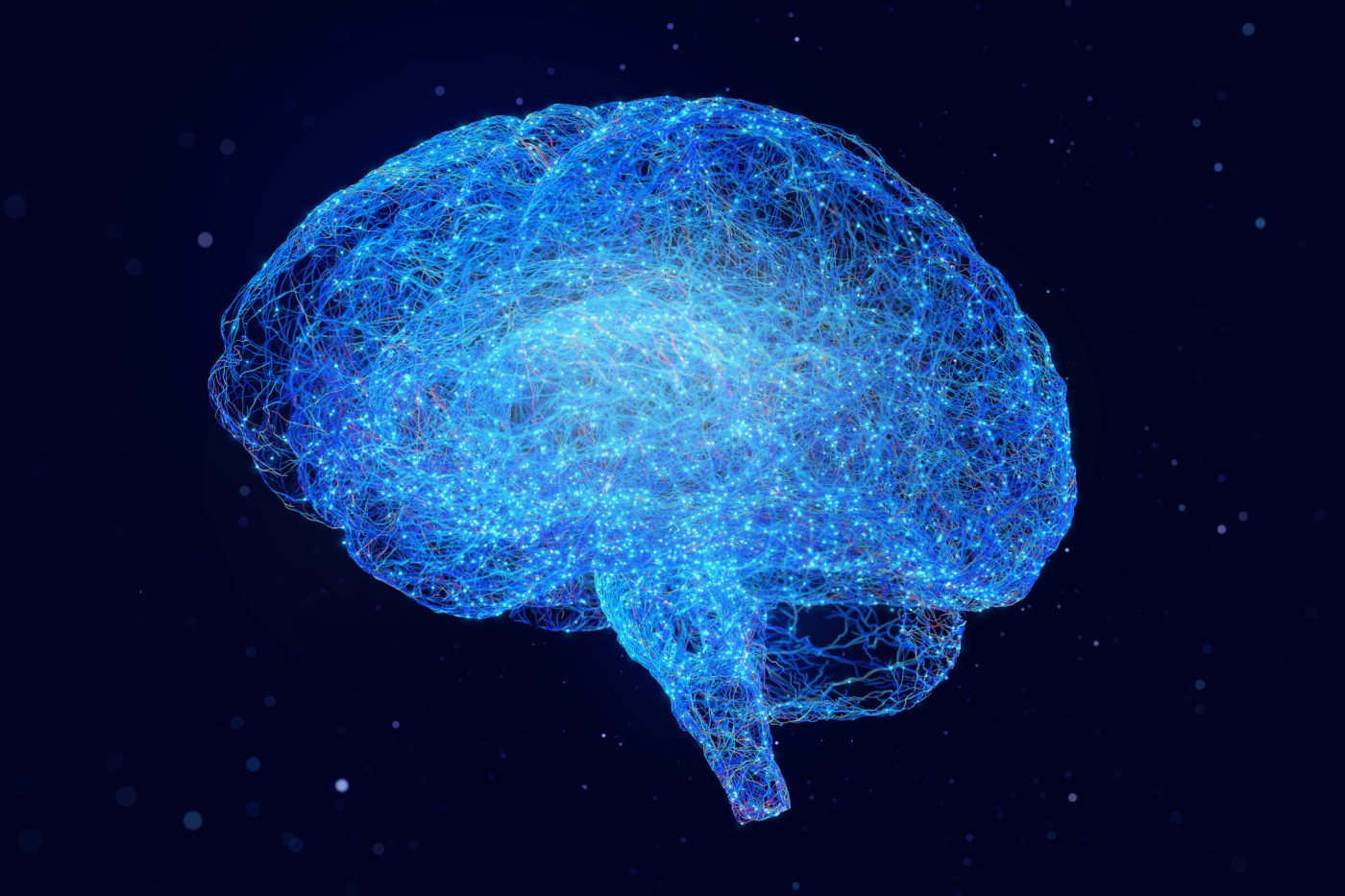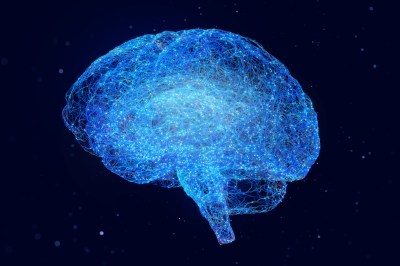President Joe Biden’s unsteady debate performance against Donald Trump last month has focused attention on his advancing age and prompted questions about whether he is mentally fit for a second term. At the same press conference earlier this month at which the 81-year-old Biden referred to his vice president as “Vice President Trump,” a reporter asked the president whether he would be willing to take a test of his mental acuity. What does that testing look like? And what do such tests tell doctors about a patient’s brain health?
Cognitive decline with age is something most people have observed in a friend or loved one. Many cases first come to medical attention through a concerned spouse or relative. Statistically, most (up to 80 percent) are Alzheimer’s, with problems related to blood flow—various forms of strokes, often a series of tiny ones— running second. But dementia can stem from numerous conditions.
Memory loss is probably the most prominent feature in the public eye, and it’s commonly how Alzheimer’s first presents. But memory loss is only one feature of dementia: attention, motor skills, language, and “executive function” (broadly, how the brain addresses situations it can’t handle by instinct) can all suffer. And since even people with young, vigorous brains forget something occasionally—everyone misplaces their keys or tries to remember a word now and then—those around a person often turn a charitable eye toward that insidious decline until an event makes it clear that something more serious is going on. That’s when testing often begins.
The brain is unique among organ systems in several ways, one of which is that it can appear structurally normal on a CT scan or MRI, have normal blood flow and normal lab values, and yet not be working well. Imaging studies identify major changes like strokes, tumors, and bleeding, but they aren’t sensitive enough to detect the molecular changes behind most dementia. How do we establish what’s going on with the brain, then?
The short answer: We interact with it. Mental status exams measure patients’ mental acuity (or lack thereof) through questions meant to evaluate memory, attention span, ability to process information, and ability to perform specific tasks.
That need for interaction presents certain challenges. Each method gives us a snapshot of how the brain is working at a given time, so a patient’s cooperation is key. Anything from a few drinks to a night of poor sleep—or even a lack of interest on the patient’s part, as can occur with a depressed patient’s I-just-don’t-care demeanor—can confound results. (A patient’s problems with vision, hearing, or English competence can also cloud results.)
Each method of evaluating mental status also makes tradeoffs between precision and time commitment. At one end are easy-to-use choices meant to be used widely by primary-care doctors for screening. Perhaps the simplest involves asking patients to draw a clock, with the hands set to some given time. A modified version, available free from the Alzheimer’s Association, names three words before the clock challenge and checks whether test-takers can remember them afterward. These simple tests aren’t meant to provide a precise diagnosis, but rather to detect that something is wrong. Identifying precisely what that something is can require formal neuropsychological testing, which can take several hours—often divided between two or more sessions, to give patients a break.
Aiming for a middle ground are a few popular exams that typically take under 15 minutes to complete, such as the Mini-Mental State Examination (MMSE) and the Montreal Cognitive Assessment (MoCA). The two tests feature similar tasks that include naming objects, identifying and continuing patterns, and copying simple drawings. Both tests save time by testing multiple parts of the brain at once, relying on a combination of tasks to cover the most relevant aspects of brain function. Taken together, the combination gives a reasonable estimate of whether the brain is, broadly speaking, working well. The MoCA is a newer test and takes somewhat longer (15 minutes, versus 10 for the MMSE), but also appears to be more sensitive at detecting mild cognitive impairment—a precursor to dementia. It is thus sometimes used when a diagnosis is less certain. Scoring guidelines give grace for occasional miscues, but each test sets a general cutoff below which a patient deserves further investigation.
That investigation might turn up reversible causes. Not all confusion and forgetfulness, even in the elderly, is dementia. Common medications, especially opioid pain medicines and benzodiazepines (drugs like Valium), can confuse patients—as can innumerable combinations of other common prescriptions. Delirium can also mimic dementia. Both lead to confusion, but delirium is an acute, temporary state. (Common causes include illness, stress, and sleep deprivation.)
In a sense, one might consider each of these studies a stress test for the brain: The patient taking the test does more than everyday life probably asks of him, in order to learn whether he has the “reserve” to deal with challenges. Failing doesn’t pinpoint where a problem lies, but it does identify that one likely exists. If a low score raises a red flag, more detailed neuropsychological testing—those hours-long tests—would be the next step. Attempts to treat mental decline, or at least to slow down its progress, depend on understanding precisely what’s happening in the brain.
The key difference with brain health and age-related ailments of other kinds is that once reversible causes are ruled out, medical science currently has much less to offer for aging brains.






Please note that we at The Dispatch hold ourselves, our work, and our commenters to a higher standard than other places on the internet. We welcome comments that foster genuine debate or discussion—including comments critical of us or our work—but responses that include ad hominem attacks on fellow Dispatch members or are intended to stoke fear and anger may be moderated.
With your membership, you only have the ability to comment on The Morning Dispatch articles. Consider upgrading to join the conversation everywhere.